Unit Plans
A growing collection of time-saving, in-depth Unit Plans, complete with engaging lessons and ready-to-use teaching resources. View lesson plans →
- Plus Plan
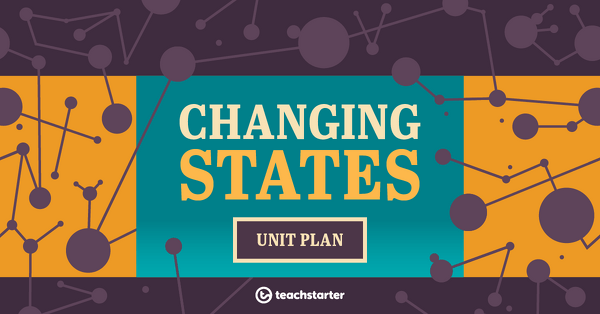
Changing States Unit Plan
This Chemical Sciences unit addresses how changes in state from solid to liquid and liquid to solid can be caused by adding or removing heat.
- Plus Plan

The Missing Mona Lisa - Integrated Learning Adventure
The Mona Lisa has vanished! This immersive tale of lies and intrigue takes students on an adventure to the Louvre, France. Can your students find the clues and crack the case?
- Plus Plan

Early Multiplication Unit Plan
This Mathematics unit covers a range of concepts relating to early multiplication skills.
- Plus Plan

Visual Art Elements Unit – Upper Years
This Visual Arts unit investigates the Elements of Visual Art. Demonstrations and artistic techniques are explored, with particular attention given to line, shape, form, colour, texture and space.
- Plus Plan
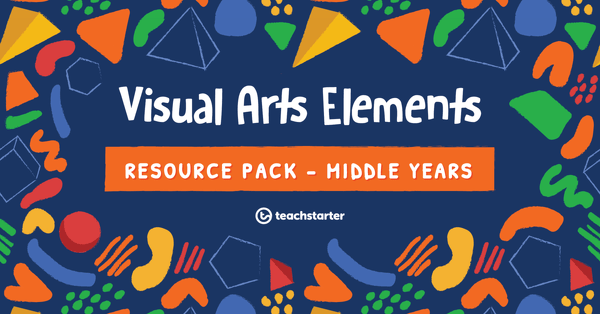
Visual Art Elements Unit - Middle Years
This Visual Arts unit investigates the Elements of Visual Art. Demonstrations and artistic techniques are explored, with particular attention given to line, shape, form, colour and texture.
- Plus Plan

Writing Biographical Texts Unit Plan
This English unit addresses the purpose, structure and language features of the biography text type.
- Plus Plan
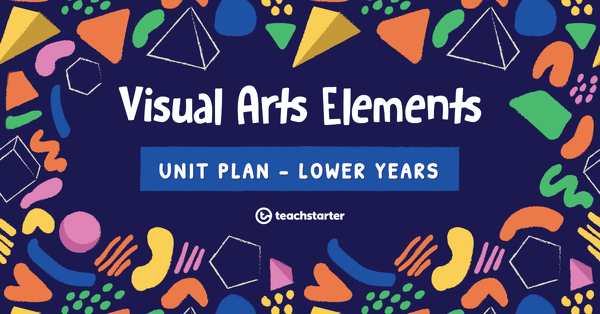
Visual Art Elements Unit - Lower Years
This Visual Arts unit investigates the Elements of Visual Art. Demonstrations and artistic techniques are explored, with particular attention given to line, shape and colour.
- Plus Plan
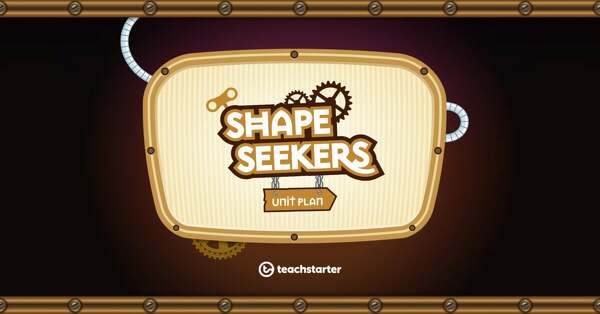
Shape Seekers
This Mathematics unit helps students describe the features and make models of 3D objects.
- Plus Plan
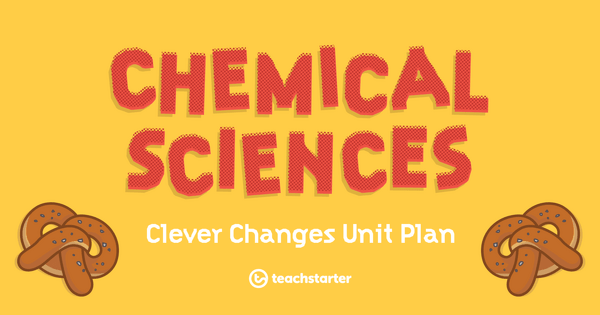
Chemical Sciences: Clever Changes – Unit Plan
This Chemical Sciences unit investigates the physical changes of materials and how properties change when materials stretch, bend, twist, heat or cool. Students predict how materials will vary and whether they can be returned to their original state.
- Plus Plan
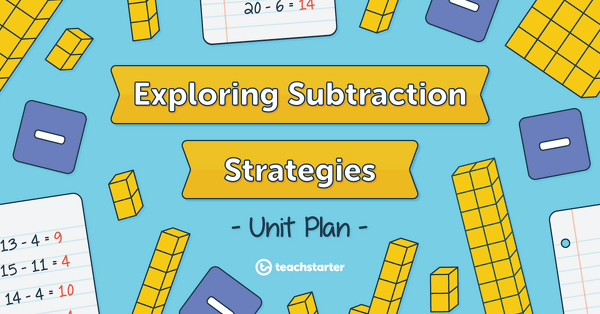
Exploring Subtraction Strategies Unit Plan
This Mathematics unit covers a range of mental computation strategies for subtraction.
- Plus Plan
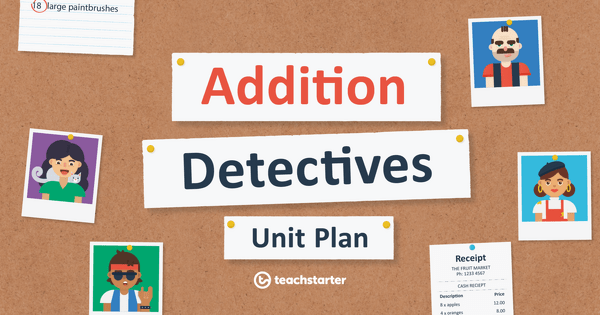
Addition Detectives
This Mathematics unit covers a range of mental computation strategies for addition.
- Plus Plan

Push and Pull Unit Plan
This Physical Sciences unit investigates contact and non-contact forces. Demonstrations and experimental procedures are explored with particular attention given to the scientific method.
- Plus Plan
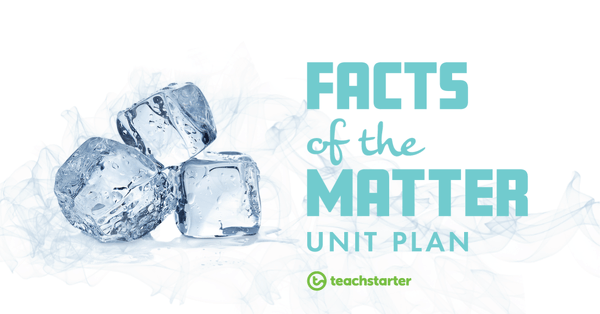
Facts of the Matter
This Chemical Sciences unit explores the concept that solids, liquids and gases have different observable properties and behave in different ways.
- Plus Plan

Properties of Materials Unit Plan
This Chemical Sciences unit investigates the observable properties of materials. Descriptive vocabulary is explored as well as the suitability of materials for different purposes.
- Plus Plan
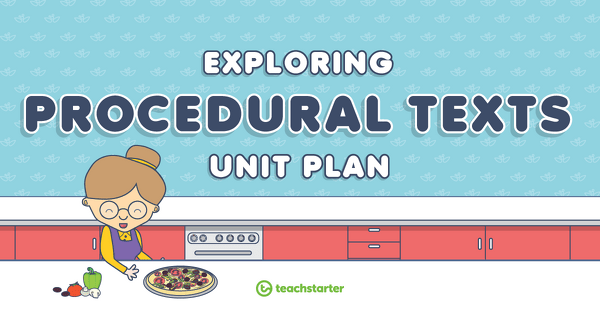
Exploring Procedural Texts Unit Plan
This English unit has been designed to introduce procedural texts to younger students. It addresses the purpose, structure and language features of instructions and recipes.
- Plus Plan
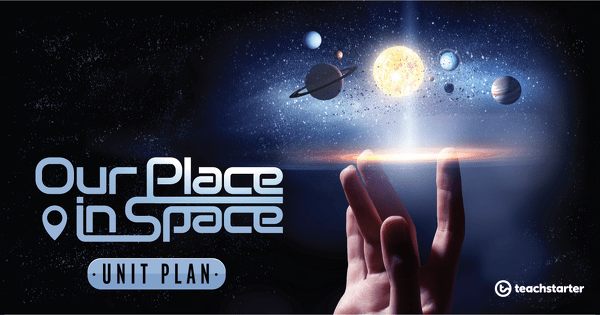
Our Place in Space - Unit Plan
This Earth and Space Sciences unit explores the concept that Earth is part of a system of planets orbiting around a star (the sun).
- Plus Plan
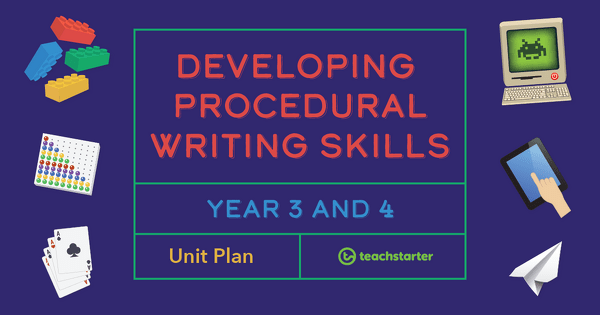
Developing Procedural Writing Skills Unit Plan - Year 3 and Year 4
This English unit addresses the purpose, structure and language features of the procedure text type.
- Plus Plan

It's Electric! Unit Plan
This Physical Sciences unit addresses the principles of electricity. It explores what electricity is, how it is transferred and how energy is transformed to create it.
- Plus Plan

Learning Time! Unit Plan
This Mathematics unit addresses the concept of time for young learners. It focuses on the days of the week, connecting familiar events to particular days and sequencing events in time order.
- Plus Plan

Light Fantastic Unit Plan
This Physical Sciences unit addresses the properties of light. It explores the phenomena of reflection, refraction, shadow and more.
- Plus Plan
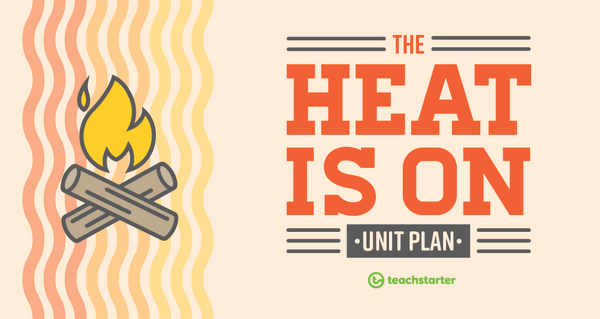
The Heat is On Unit Plan
This Physical Sciences unit addresses the concept of heat energy, including heat sources, heat transfer, thermal conductors and thermal insulators.
- Plus Plan
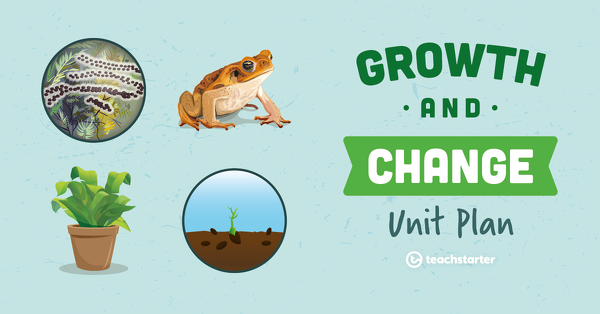
Growth and Change Unit Plan
This Biological Sciences unit explores how living things grow and change. Animal offspring (including humans) are compared with their parents and plants are grown from seed in order to observe change over a period of weeks.
- Plus Plan
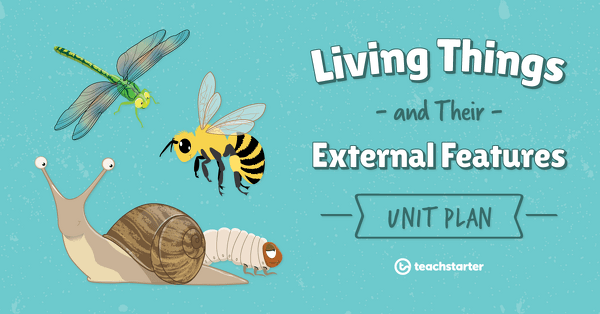
Living Things and Their External Features Unit Plan
This Biological Sciences unit covers a range of concepts relating to living things, such as their external features and the places in which their needs are met.
- Plus Plan
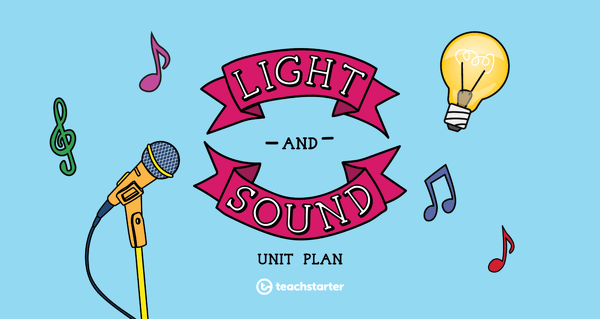
Light and Sound Unit Plan
This Physical Sciences unit addresses the concepts of light and sound and how they are sensed.
- Plus Plan
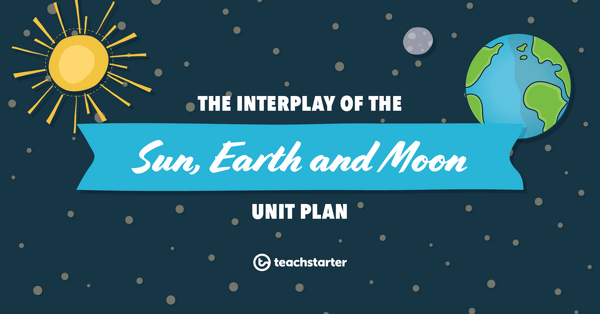
The Interplay of the Sun, Earth and Moon Unit Plan
This Earth and Space Sciences unit addresses the celestial bodies of the sun, Earth and moon. It explores their sizes, shapes, positions and movements and the interactions between them.
- Plus Plan
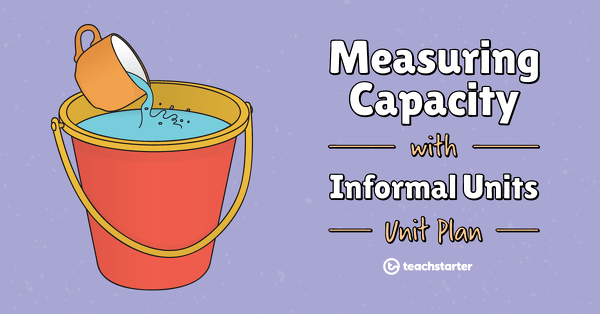
Measuring Capacity with Informal Units
This Mathematics unit addresses the concept of measuring, comparing and ordering capacity using informal units.
- Plus Plan
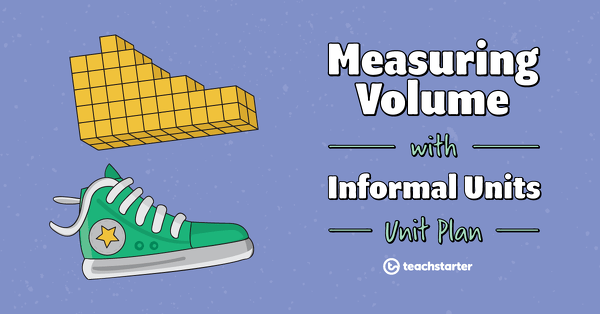
Measuring Volume with Informal Units Unit Plan
This Mathematics unit addresses the concept of measuring, comparing and ordering volume using informal units.
- Plus Plan
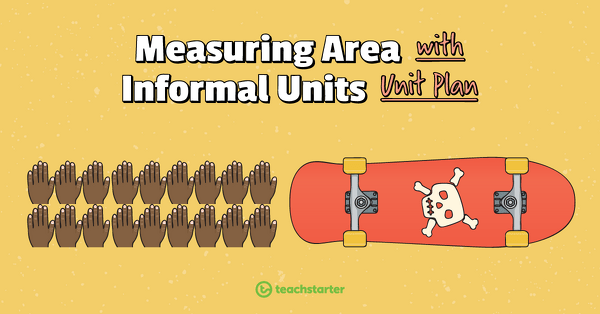
Measuring Area with Informal Units Unit Plan
This Mathematics unit addresses the concept of measuring, comparing and ordering area using informal units.
- Plus Plan
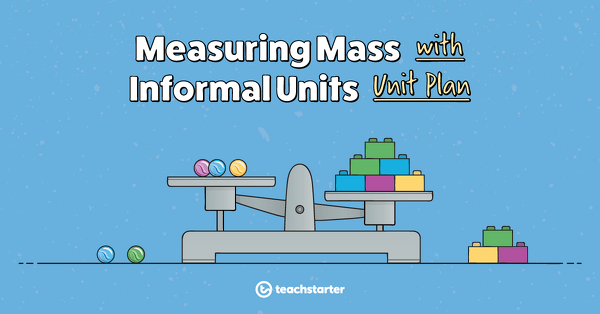
Measuring Mass with Informal Units Unit Plan
This Mathematics unit addresses the concept of measuring, comparing and ordering mass using informal units.
- Plus Plan
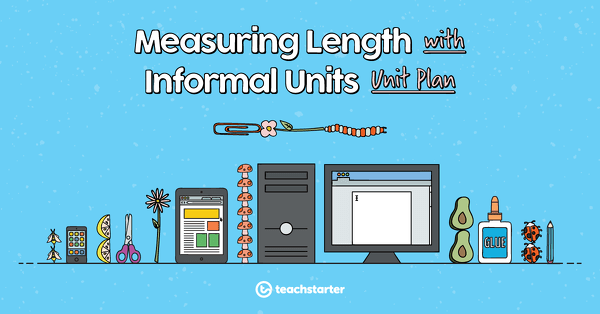
Measuring Length with Informal Units Unit Plan
This Mathematics unit addresses the concept of measuring, comparing and ordering length using informal units.